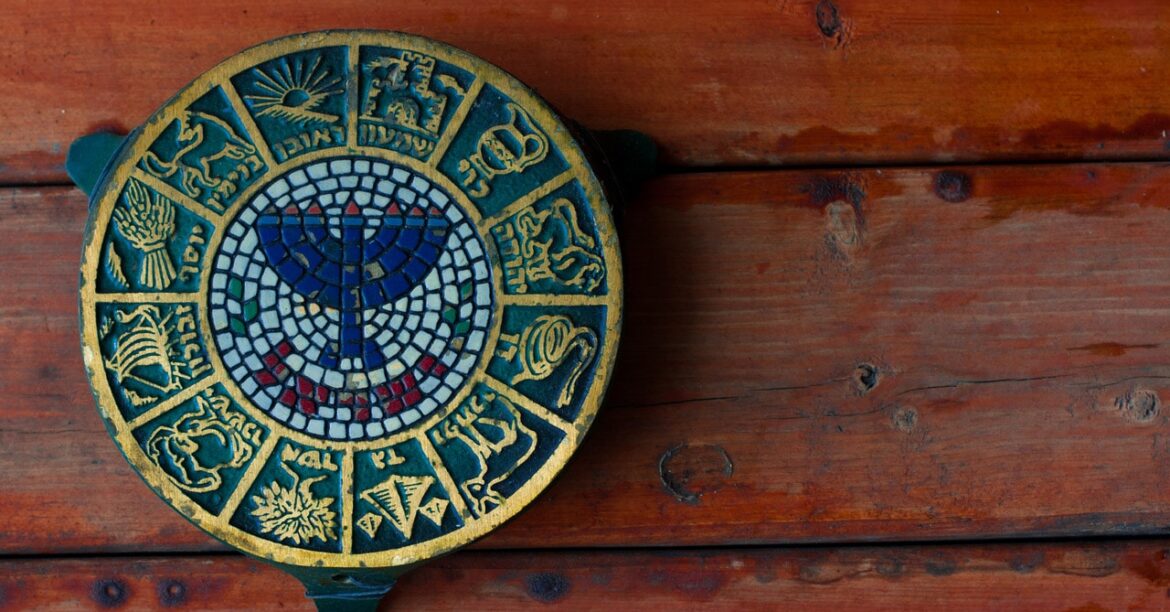Is a 3700-year-old Egyptian bulla one of the greatest archaeological finds of all time or a typical item of its era?
An intriguing 3700-year-old cylindrical hematite bulla (seal impression), discovered in a northern Egyptian archaeological site and measuring just 1 cm by 2 cm in size is causing big controversy. When it was first discovered over 45 years ago, archaeologists determined it was a depiction of local pagan gods. But today some are taking a second look and questioning the original categorization. Could the depictions be symbols of the 12 tribes of Israel?
If the 12 tribes identification is correct, it would be the oldest Jewish object in existence.
The seal dates to the period the Israelites would have likely sojourned in Egypt and has 12 symbols. Most of these match the descriptions of the tribes found in the Torah, either in the blessings of Jacob to his sons in Genesis 49 or in the blessings of Moses to the tribes in Deuteronomy 33. Most are also the same symbols used today to depict the 12 tribes and are proudly displayed inside thousands of synagogues all over the world.
Besides the human figure in the center, the bulla depicts: A bull, watery waves, a bird, a lion, two hill-like objects, a snake, a wall like structure, branches with leaves, a deer/gazelle, a boat, two mushroom like objects and an arrowhead like object pointing down.
Continue reading this article on aish.com

